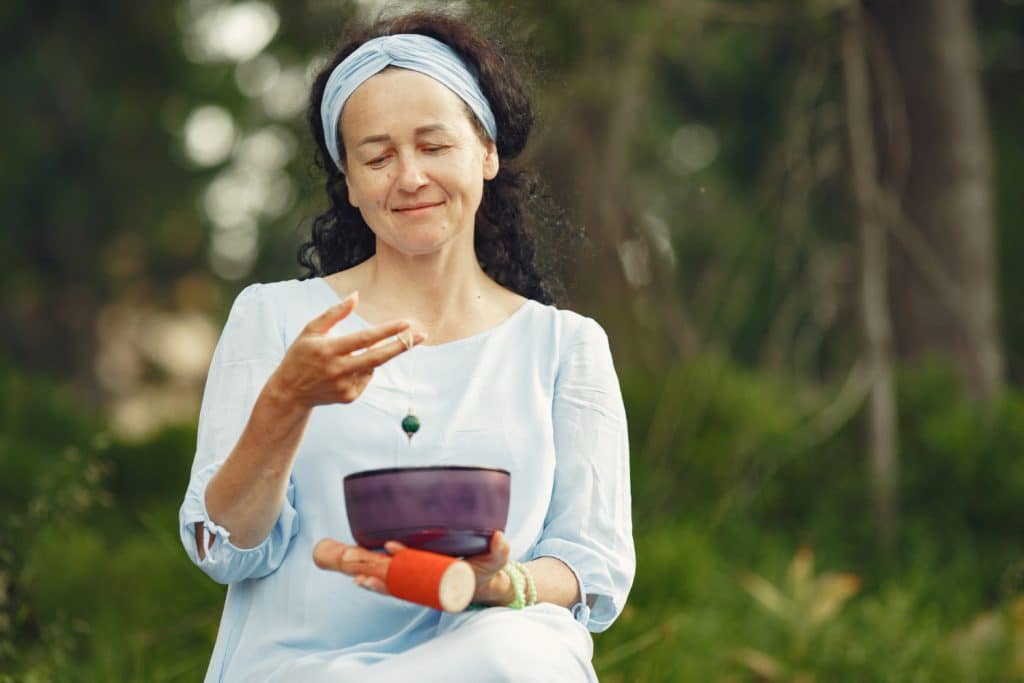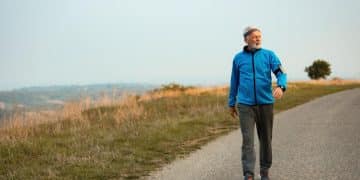The Science of Holistic Health: Bridging Ancient Wisdom with Modern Wellness

When Ancient Insight Meets Scientific Validation
What happens when 5,000 years of tradition meets cutting-edge research? A powerful understanding of holistic health is born. Practices rooted in Traditional Chinese Medicine, Ayurveda, and Indigenous rituals long acknowledged what science is now confirming: true wellness stems from harmony between the mind, body, and spirit—not just the absence of disease.
In this guide, we explore how ancient methods and modern data unite to form an integrative path toward well-being—one that is rooted in both wisdom and evidence.
Rediscovering the Origins of Holistic Health
Timeless Views on Wellness
Cultures across time and geography—from the Greeks to the Navajo—have embraced a holistic model of health. These traditions focus on living in tune with nature, maintaining energetic balance, and treating root causes rather than symptoms.
Science Steps In
Modern medicine has begun catching up. For instance, studies now confirm that practices like breathwork and meditation can reduce cortisol, improve mental health, and even impact brain plasticity. Likewise, dietary habits once deemed folk wisdom—such as seasonal eating or fermented foods—are now backed by nutritional science.
Integrative Medicine: Healing Through Collaboration
As research validates traditional practices, a new discipline has emerged: integrative medicine. This approach combines the strengths of conventional medicine with complementary therapies like acupuncture, yoga, and herbal support.
Instead of treating symptoms in isolation, practitioners focus on the whole person. Patients are encouraged to participate actively in their healing journey, using a variety of tools—modern and traditional—to restore balance.
Understanding the Mind-Body-Spirit Connection
Wellness Is Interconnected
Our emotional, physical, and spiritual health don’t operate in silos. Stress can trigger inflammation, while poor sleep can lead to mental fog. Conversely, cultivating a sense of purpose can uplift both mood and immunity.
Finding Balance
Being out of sync in one area often ripples into others. A lack of movement can contribute to low energy, while emotional burnout might compromise digestion. Recognizing these subtle signals early allows us to realign before major health issues surface.
Science Validates the Triad
Neurological and psychological studies show that regular mindfulness practice reduces anxiety, improves focus, and even boosts immune response. Simply put, our thoughts and emotions have a direct line to physical health.
Mindful Movement: Where Stillness Meets Strength

Body and Brain in Harmony
Ancient movement practices like yoga, tai chi, and qigong aren’t just physical—they’re neurological. Research shows that they increase gray matter density in the brain areas responsible for memory and attention, while improving coordination and mental clarity.
Beyond Flexibility
These practices lower stress hormone levels and inflammation markers, promote better posture, and support joint health. Participants often report fewer chronic pain symptoms and improved recovery rates after illness or injury.
Adapting to Modern Life
Today, mindful movement is accessible in office settings, rehab centers, and online spaces. Whether you’re a busy professional or a senior seeking balance, there’s a version of yoga or tai chi that fits your life.
Nature as Medicine: Reclaiming Our Natural State
Why Nature Heals
Spending time in green spaces is linked to lower anxiety, greater focus, and elevated mood. Even short walks in natural settings can reduce blood pressure and cortisol levels.
Forest Bathing and Shinrin-Yoku
The Japanese practice of forest bathing emphasizes slowing down and engaging all five senses in nature. Research shows it boosts immunity by increasing natural killer (NK) cell activity, which helps protect against infections and disease.
Syncing with the Seasons
Our bodies respond to environmental cycles. Sunlight exposure helps regulate our circadian rhythm and hormone balance. Traditional cultures often shifted diets and rituals with the seasons—a wisdom modern research now supports.
Gut-Brain Axis: You Are What You Digest

The Microbiome and Mental Health
Your gut is home to trillions of microbes that directly influence mood, cognition, and stress response. A diverse microbiome supports serotonin production, which impacts emotional regulation.
Fermented Foods and Traditional Diets
Yogurt, miso, sauerkraut, and kimchi are now recognized for their role in gut health. These staples in traditional diets provide probiotics that encourage microbial diversity.
Mindful Eating for Digestive Strength
Eating slowly, chewing thoroughly, and focusing on your meal can improve digestion and nutrient absorption. This leads to better energy, reduced cravings, and overall vitality.
Living with the Seasons: A Forgotten Wellness Hack
Body Rhythms and Light Cycles
Your body’s internal clock regulates everything from sleep to metabolism. Disrupting it—such as through poor sleep hygiene or artificial lighting—can lead to fatigue and mood dips.
Ancient Seasonal Alignment
Traditional medicine systems advised lighter meals in summer and warming stews in winter. These seasonal shifts help the body conserve energy and support immunity—especially during colder months.
Bringing It to the Present
You don’t need to live in a forest to benefit from seasonal living. Wake with natural light, use blackout curtains to aid melatonin production, and choose foods grown in your region. Even small shifts help restore biological balance.
The Role of Social Connection in Holistic Health

Community Is Medicine
Humans are biologically wired to connect. Close relationships are linked to better heart health, longevity, and reduced risk of depression. People with strong support networks often recover faster from illness.
Communal Healing Across Cultures
From talking circles in Indigenous communities to Ayurvedic group therapies, many ancient healing traditions centered around collective support. Rituals and ceremonies often served dual purposes: emotional healing and spiritual connection.
Digital Support in Modern Times
Feeling disconnected? Online wellness communities, support groups, and virtual therapy offer new avenues for meaningful connection. While face-to-face is ideal, digital spaces can bridge gaps when needed.
Personalized Holistic Practice: Start Where You Are
Combining the Best of Both Worlds
You don’t have to choose between science and tradition. Integrating modern healthcare with time-tested practices creates a resilient, customized path to wellness.
| Simple Steps for Daily Balance |
|---|
| Begin your day with five minutes of breathwork or stretching |
| Choose seasonal, whole foods at every meal |
| Spend at least 10 minutes in natural sunlight |
| Practice gratitude or journal before bed |
| Check in weekly with a friend, mentor, or group |
| These small rituals add up, forming a foundation for lasting health. |
Overcoming Common Barriers
Many people worry they don’t have time, money, or space for holistic health. But you don’t need to overhaul your life. Focus on consistency over perfection. Use apps, reminders, or group accountability to stay motivated.
The Future of Holistic Health
Emerging Research and Tools
New studies continue to show how deeply intertwined our emotional and physical systems are. Therapies that integrate talk therapy, somatic practices, and nutrition are becoming more common in clinical settings.
The Role of Technology
From wearable health trackers to telehealth and mindfulness apps, technology is helping people stay on top of their wellness routines. The key is to use tech mindfully—to support, not replace, personal connection and body awareness.
Honoring the Past, Embracing the Present
As we move into a more integrative era of healthcare, it’s crucial to preserve the cultural wisdom that shaped holistic practices. Honoring ancestral knowledge while supporting it with science ensures that future generations inherit a more complete vision of health.
Final Thoughts: A New Model for Human Flourishing
Holistic health invites us to reconnect—with our bodies, our environment, and each other. It’s a model that doesn’t treat symptoms in isolation, but instead fosters balance and resilience at every level of being. In a fast-changing world, the wisdom of the past and the innovations of today can together lead us toward sustainable, meaningful well-being.





